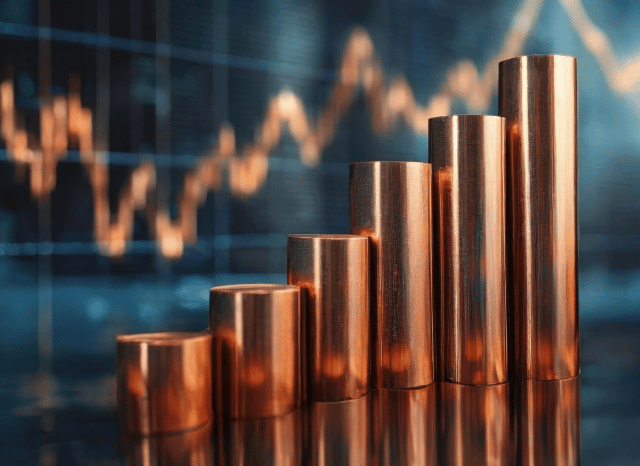Uncommon Earth Component Minerals: Worldwide Source and Need by Stanislav Kondrashov
Uncommon Earth Component Minerals: Worldwide Source and Need by Stanislav Kondrashov
Blog Article

The strategic metals powering the Strength transition are now centre phase in geopolitics and field.
The moment confined to area of interest scientific and industrial circles, unusual earth factors (REEs) have surged into international headlines—and for good rationale. These 17 features, from neodymium to dysprosium, will be the building blocks of contemporary know-how, taking part in a central job in every thing from wind turbines to electric powered motor vehicle motors, smartphones to defence systems.
As the globe races towards decarbonisation and digitalisation, need for REEs is soaring. Their position during the Power transition is significant. High-efficiency magnets manufactured with neodymium and praseodymium are important to the electrical motors Utilized in both of those EVs and wind turbines. Other REEs like europium and terbium are handy for lights, displays, and optical fibre networks.
But offer is precariously concentrated. China at present sales opportunities the sourcing, separation, and refining of unusual earths, managing more than 80% of global output. This has remaining other nations scrambling to create resilient offer chains, lessen dependency, and protected usage of these strategic resources. Therefore, uncommon earths are no more just industrial products—They are geopolitical assets.
Buyers have taken Take note. Fascination in rare earth-similar stocks and Trade-traded cash (ETFs) has surged, pushed by the two The expansion in cleanse tech and the need to hedge against offer shocks. Nevertheless the industry is intricate. Some organizations are still while in the exploration section, Some others are scaling up production, when a few are previously refining and offering processed metals.
It’s also crucial to grasp the difference between rare earth minerals and rare earth metals. "Minerals" refer to the raw rocks—like bastnasite, monazite, xenotime, or ionic clays—that have uncommon earths in natural kind. These demand intense processing to isolate the metallic aspects. The term “metals,” Then again, refers to the purified chemical features Employed in superior-tech purposes.
Processing these minerals into usable metals is high-priced. Outside of China, handful of nations around the world have mastered the entire industrial course of action at scale, while sites like Australia, the U.S., Vietnam, and Brazil are working to vary that.
Demand is currently being check here fuelled by numerous sectors:
· Electric mobility: magnets in motors
· Renewable Power: specifically wind turbines
· Client electronics: smartphones, laptops, sensors
· Defence: radar, sonar, precision-guided units
· Automation and robotics: ever more essential in field
Neodymium stands out as a particularly precious uncommon earth as a consequence of its use in strong magnets. Others, like dysprosium and terbium, increase thermal steadiness in higher-general performance applications.
The uncommon earth sector is risky. Price ranges can swing with trade plan, technological breakthroughs, or new provide sources. For investors, ETFs provide diversification, while direct stock investments include increased chance but perhaps higher returns.
What’s obvious is usually that scarce earths are now not obscure chemical curiosities—they’re strategic means reshaping the global economic climate.